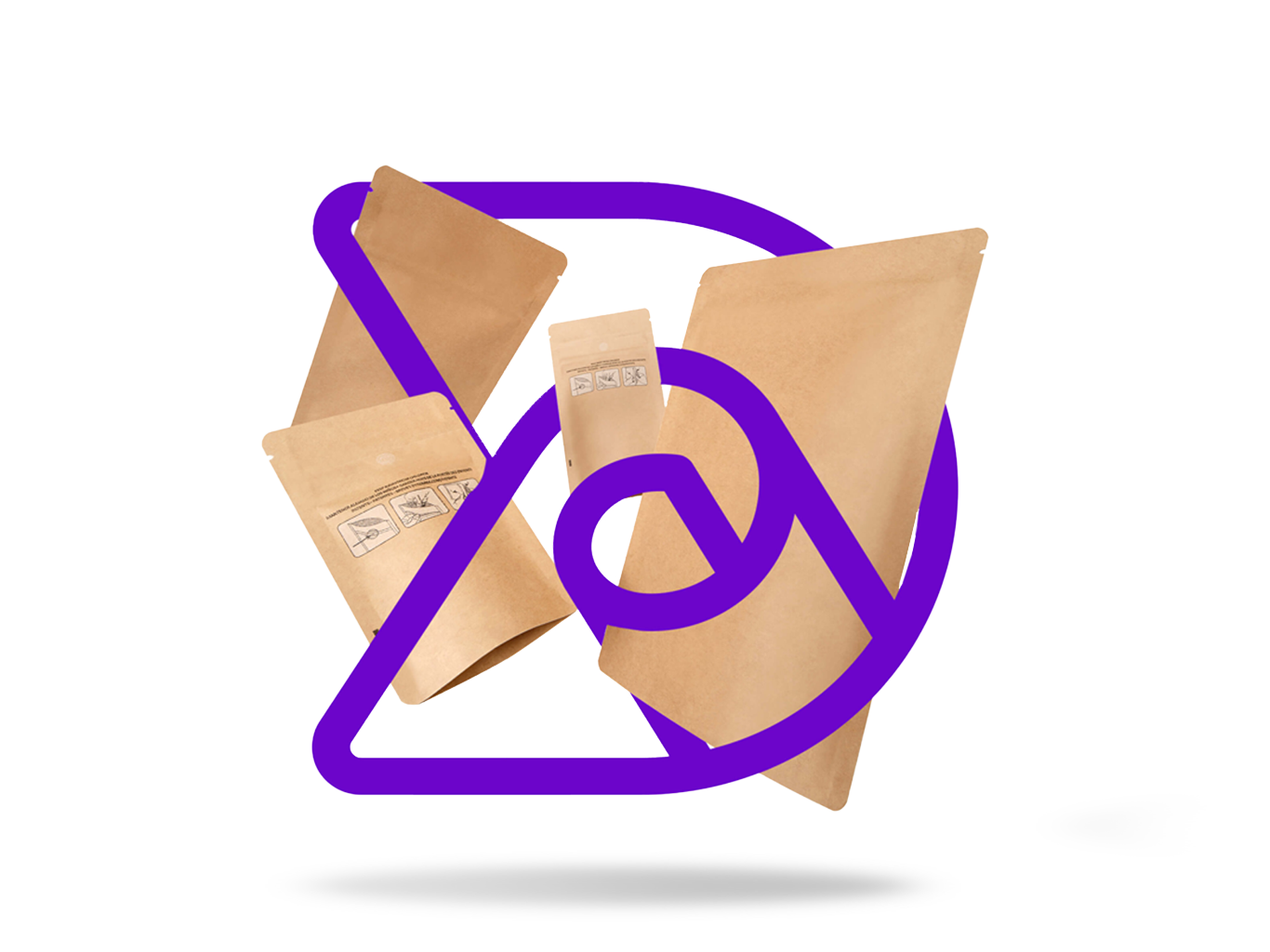Child Safe Packaging Safety Tips
It only takes seconds for little hands to get into something they are not supposed to have – some of those items could send them to the emergency room, or worse. That’s why it’s important for adults to take the proper steps in securing items not meant for children, beyond simply keeping them out of reach. Not all products that should be kept out of children’s hands are regulated to require child-safe packaging – and keep in mind there’s really no such thing as “child-proof” packaging. Child-safe packaging must meet regulations set by the FDA and Consumer Products Safety Commission. Dymapak’s Child Resistant Safety Pouches meet all the requirements and are a great option for storing items that must stay out of children’s hands.
Products required to have child-safe packaging include, but are not limited to:
- Over-the-counter medications (including allergy medication, pain relievers and antacids)
- Dietary supplements (containing more than 24mg of elemental iron)
- Lighter fuel
- Turpentine
- Some personal care products mouthwash
- Cleaning products (like bleach)
- Insecticides
- Prescription medications
- Household items containing 4 percent or more of methanol, 10 percent or more of sulfuric acid or 50mg of fluoride
With the legalization of cannabis and cannabis-infused products in many states, the law also requires these items to be secure in child-safe packaging. The responsibility of keeping children lies with the adults charged with their care. While the No. 1 responsibility belongs to a child’s parents, any teen or adult caring for a child needs to be well-versed in keeping harm at bay. Below are some of our best child-safe packaging safety tips to keep everyone safe.
Keep Out Of Reach
The first step to ensuring safety is keeping harmful items out of the reach of children. Medications, adult items, alcohol and household cleaners should be in an area inaccessible to children. Children are curious and may see a liquid in a brightly colored packaging as something tasty to drink. But that cleaner branded with bright colors to stand out on a store shelf could send a little one to the hospital.
According to Safe Kids Worldwide, a nonprofit organization working to help families and communities keep kids safe from injuries, poisoning is the third leading cause of unintentional injury death among children ages 1-19 years old. More than 1.3 million calls were made to poison control centers in 2015 after a child gained access to a potential poison. Nationwide, that amounts to 3,600 calls per day (150 calls every hour).
The “Tide Pod Challenge” that made headlines caused poison control calls to spike. In just five years, poison control centers fielded more than 50,000 calls solely related to children ingesting the laundry packets. While the “challenge” was linked to teenagers, the majority of the calls involved children younger than 5. The brightly colored product meant to keep the multiple laundry cleaning products in one handy package became attractive to young children. Through the eyes of a child, it was a delicious treat.
The thousands of reports of ingestion led the manufacturer to revisit the packaging of the popular product, and Proctor & Gamble replaced the round, plastic container with a resealable, opaque packaging making it difficult for young children to access. Even with the change in packaging, parents still have to make sure simple, household products do not get in the hands of kids of any age.
Education
Child-safe packaging is meant to keep the contents inside away from children five and younger, and educating young children about the dangers in an age-appropriate manner is important. But, parents and caregivers must take into account older children.
Whether it’s a social push like the laundry packet challenge or using household products to get high through huffing or ingestion, the responsibility to educate the dangers to their children belongs to the parents. Talk to your children about the dangers of misusing products. Great resources for education include Safe Kids Worldwide (there may even be a local chapter in your area), the Centers for Disease Control and the American Association of Poison Control Centers.
Adult Items
Popularity – and the legalization — of cannabis and cannabis-infused products like edible has these items making their way into many homes across America. Whether used in a vapor product or ingestible edible, teens – still curious of the unknown like toddlers – may be looking for something new to try. While these products must be stored in child-safe packaging, parents and other adults legally allowed to have these products need to keep them stored away in a proper manner.
Lock It Up
Products that can be harmful to children of all ages should be kept under the proverbial lock and key. It could mean going to your local home improvement store for a keyed padlock, but it does not have to. There are a plethora of options of child locks for cabinetry, keeping harmful products from the little hands. For the protection of young children, you can install straps with a push-and-slide button to unlock doors, magnetic locking systems, slide locks or spring-loaded drawers or cabinet locks.
No matter the type of potentially harmful item or the age of the minor you’re trying to protect, safety comes first. There is no one solid way to keep children safe, but with the proper tools at your disposal, you can keep your family from becoming another statistic.
If you would like to learn more please contact us or visit our online store today!







